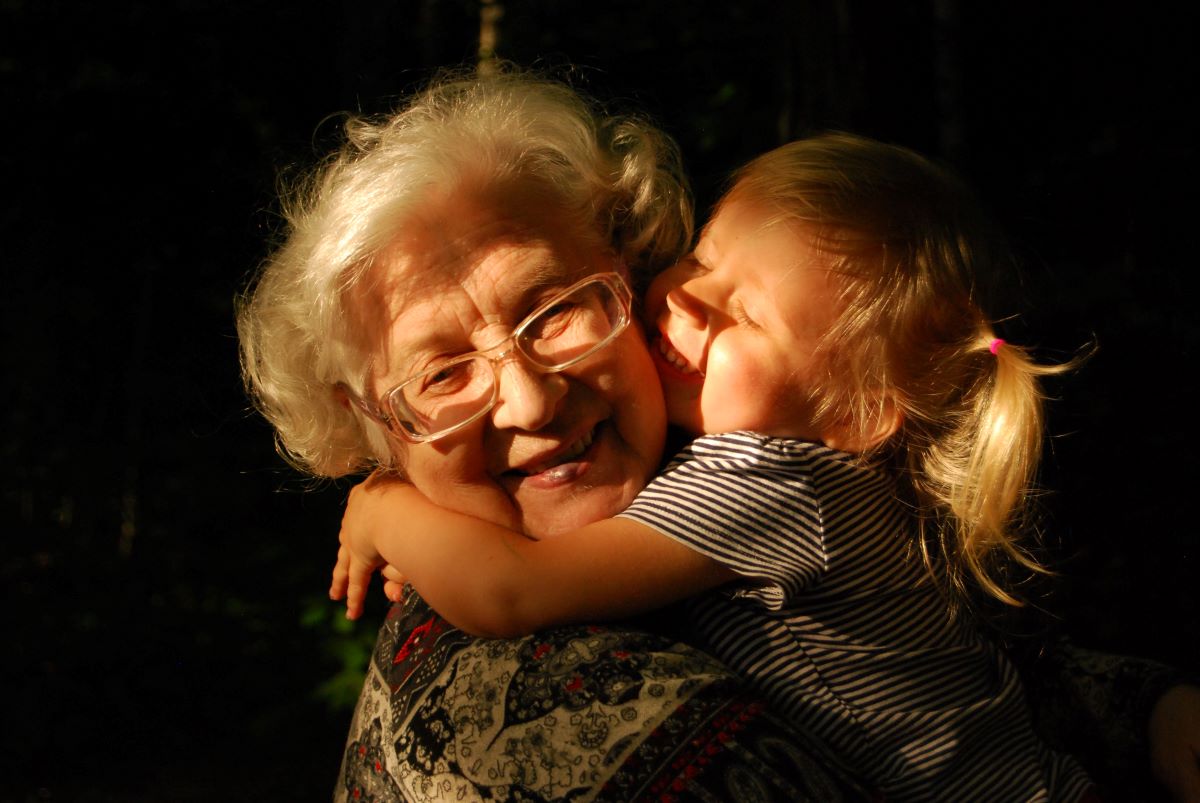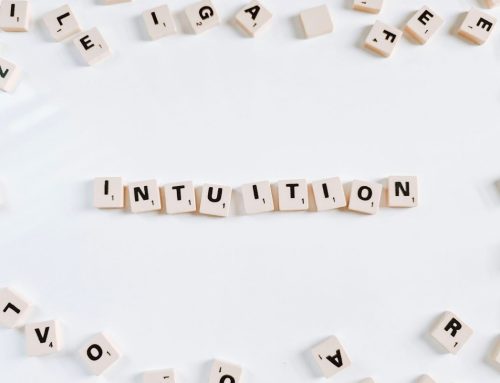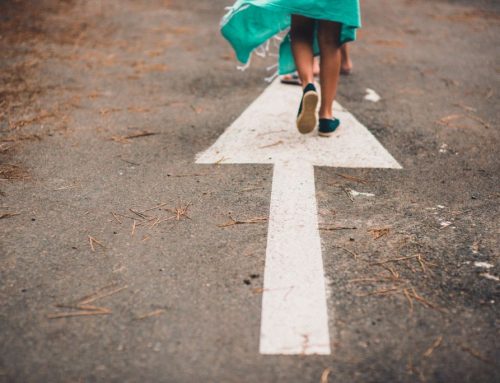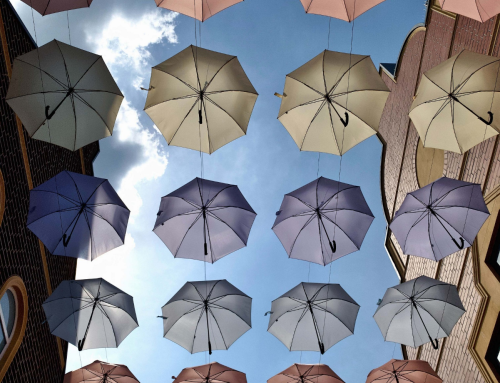Hugging is secret art form, often polarizing people into those who adore it and those who detest it. But hey, the power of touch is also known as nonverbal tactile communication and it can play a huge role in our lives.
For those who love it, there are so many hugging styles it’s hard to choose a favourite! Hugging can impact our feelings as it expresses different emotions and sentiments. Here are 11 common styles:
1. Back Hug: Also know as the surprise hug, where one person embraces the other from behind, with arms wrapped around the upper torso. It can signify affection or intimacy.

2. Bear Hug: For me, this one brings images of small children, smiling from ear to ear, tightly wrapping both arms around each other. A bear hug is usually a tight, long-lasting, enthusiastic embrace. It exudes affection and a time to bond. It’s a heartfelt and warm hug.
3. Friendly Hug: Is a common, warm, affectionate embrace exchanged among friends or family — typically a brief, full-body hug.
4. Lingering Hug: Oh, this one may be my favourite, reserved for dear friends. This hug lasts longer than the common friendly hug. It communicates a reluctance to part — it’s felt as a deep-level emotional connection.
5. Crushing Hug: This type of hug is very intense and might even feel uncomfortable due to the tightness of the embrace. It can express overwhelming emotions — I’ve experienced it most in reunions or moments of extreme joy. I believe it’s also known as the overly-excited, super-woman squeeze.
6. A-Frame Hug: In this type of hug, we keep our upper bodies close, but the lower body remains apart, creating an A shape. We often use this one for formal or professional settings to maintain personal space.

7. Side Hug: People call this the one-armed hug. This approach conjures up memories of farmers, like my dad, where two men stand in an open field, gazing into the distance as they prepare to delve into profound discussions about the ways of the world — and the next planting season. This style involves one person putting their arm around the other person’s shoulder while their bodies remain side by side. It’s a friendly gesture for less intimate occasions.
8. Cheek Hug: This hug involves pressing our cheeks together, typically done in cultures where cheek-kissing is the common greeting. When I lived in Chile, I became an expert cheek hugger.
9. Air Hug: When we can’t physically touch but want to show affection or support, we pull out the air hug style by mimicking the hug gesture without actual physical contact. This one took hold during the pandemic.
10. Group Hug: Multiple people come together in a circle to share a group hug, often to celebrate a collective achievement or provide comfort in good times, and sad ones too. We use it to display unity, support, or celebration.
11. Long-Distance Hug: With the support of technology, we can send virtual hugs through messages or emojis to express our feelings.

Always be aware of the situation and the other person’s comfort level when exercising tactile communication. Ask before leaning in.
If you hate hugging people, hug a tree or go for a comforting massage. Getting a head-to-toe body massage is reported to increase circulation and help relax not just the body but the mind too. I’m a living, breathing example that massage sessions can easily melt away mental and physical stressors.
Each style of hugging differs based on cultural norms, personal relationships, and the emotions we want to convey. Different hugs can express affection, support, comfort, or even formality, depending on the context and the people involved.
Looking for pointers on boosting self-love, practicing self-care, or a “how to” on hugging yourself? Get in touch.








